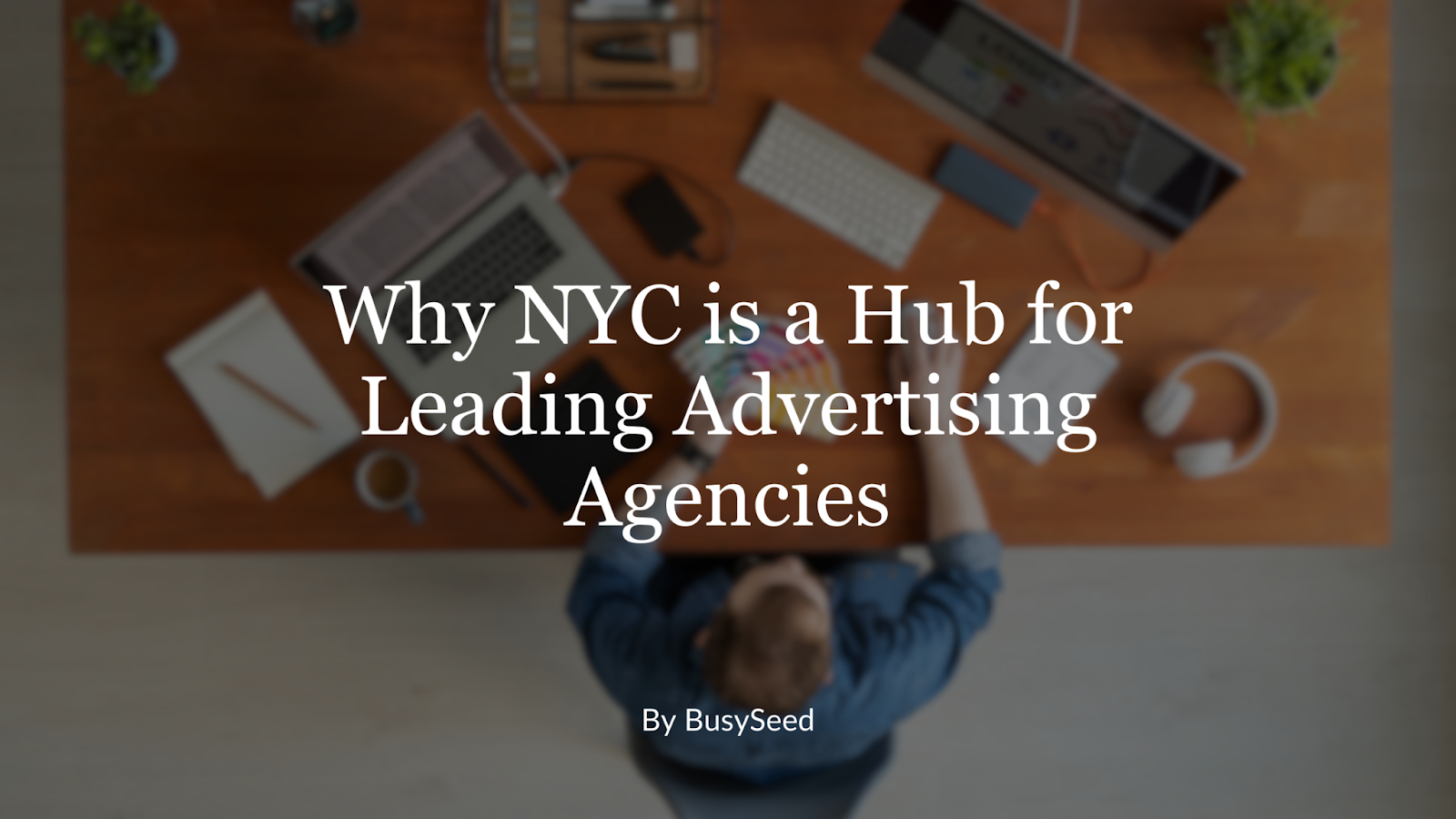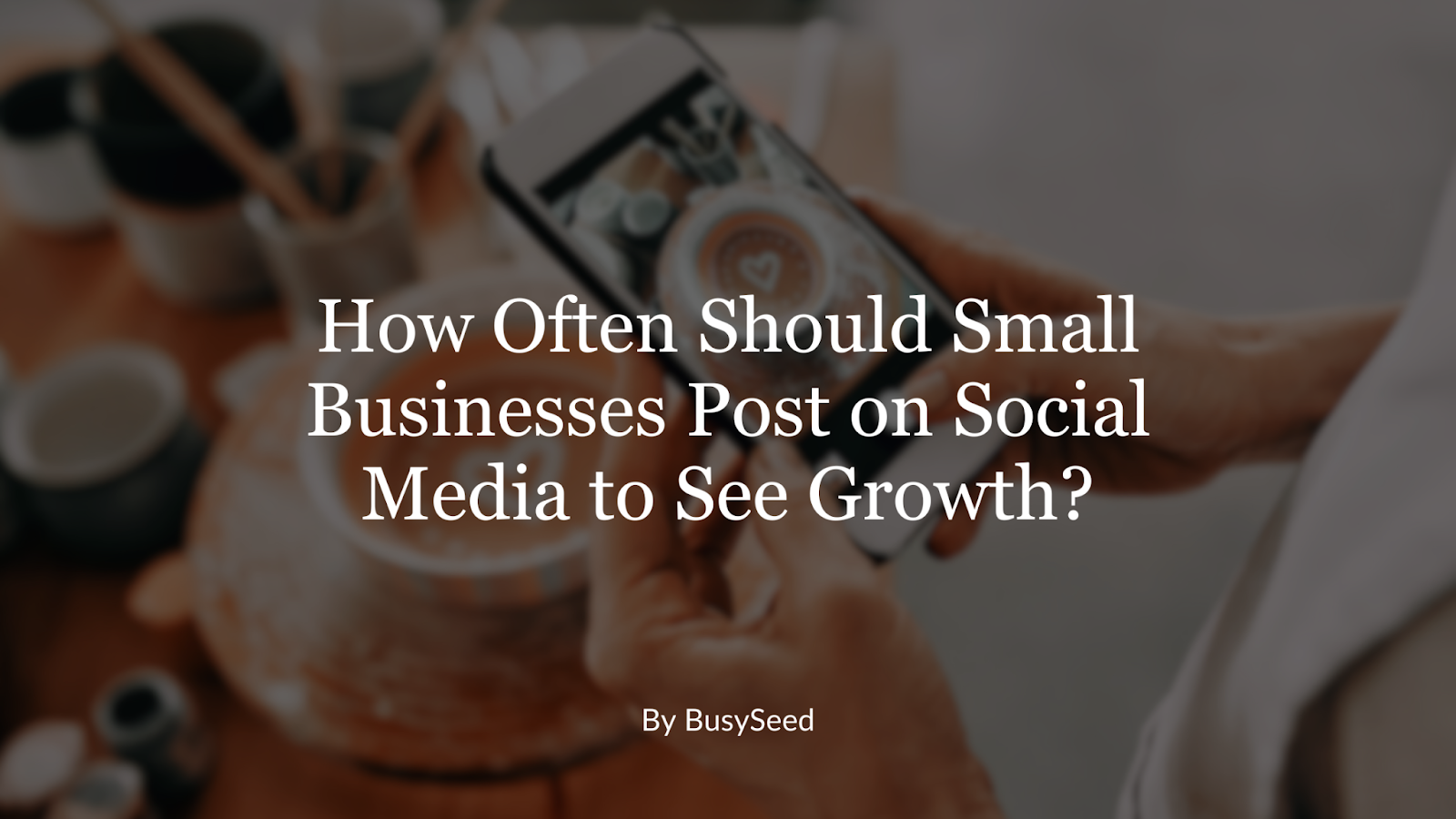Need More Website Visitors? Get Back to Basics
Increasing website traffic and visitors isn't like playing roulette -- there are a few tried-and-true ways people do it. To make sure you're in-the-know on these tips, we’ve broken down some of the best ways you can generative traffic to your website in the post below.
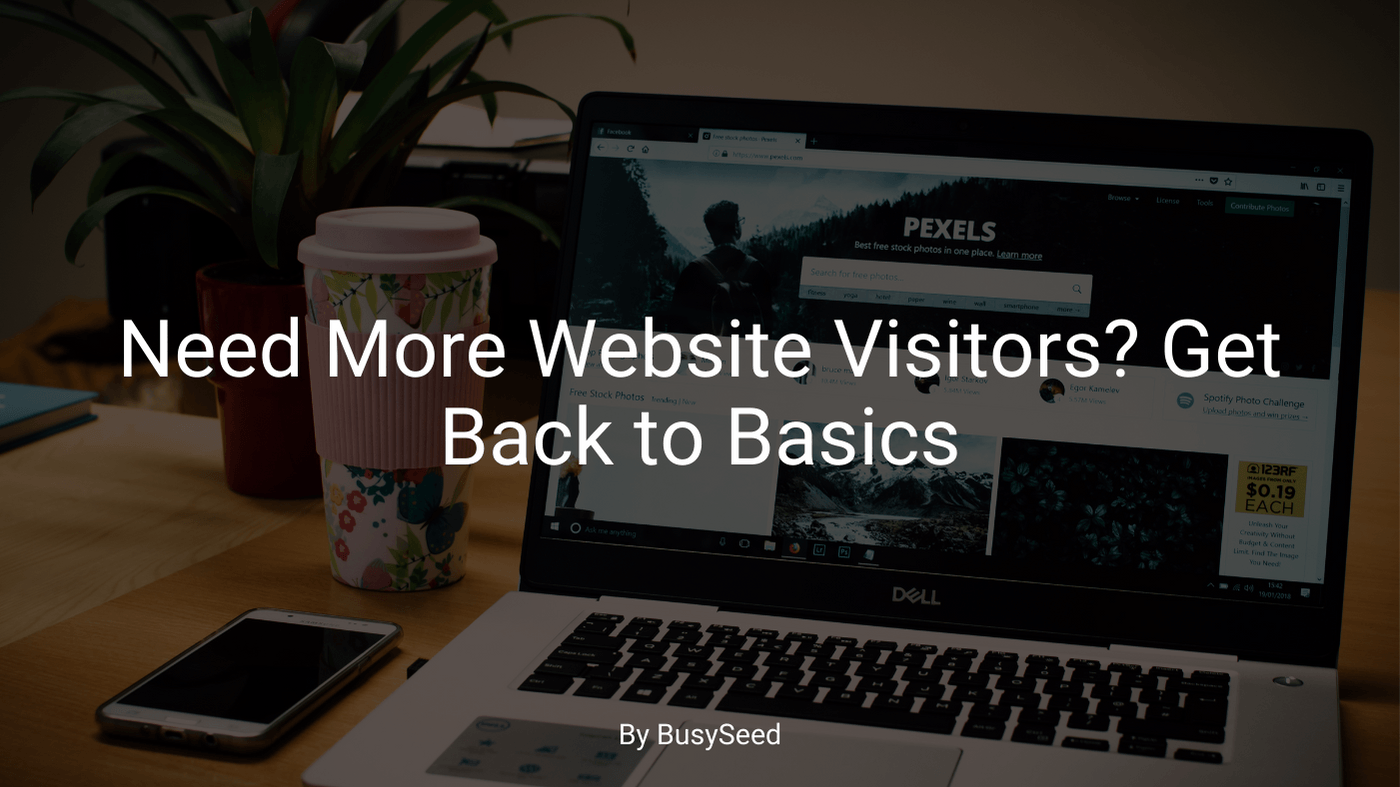
We all need more visits to our websites.
A website lets us generate warm leads without reaching out to them directly.
But how to get the fish to come into our boat?
We need the right bait.
Discover our six quick tips to get more website visitors looking for your products or services.
6) Design a Website the Right Way
We optimize our web design to follow a logical flow for a user journey. Most people will start on the Home page. Then where do they go? B2C and B2B customers have different needs, so they will divert from the front page and follow different user journeys.
Our
website design should function with the user in mind. We must also create an aesthetically pleasing website.
5) Employ Basic Search Engine Optimization (SEO) Strategies
This means optimizing a website for people searching for products or services.
To do this, we get inside our customers’ heads. What do they want? What are their pain points? How do we solve their problems? How do they search for things to solve their problems?
Then, we go to Google. We see what our top competitors do for their content and then do it better. Over time, we may start to appear in more and more Google searches that will help drive more traffic to our website.
We have many options on how to improve SEO, such as:
- Placing the right keywords in the right places on landing pages.
- Writing blogs.
- Improving the speed of a site (called core web vitals).
- Embedding videos.
- Having original photography instead of stock photos.
- Using structured data markup and Schema.
- Creating a hierarchy on each page with H1, H2, and H3 subheadings.
- Putting keywords in the metadata.
These are a few of the things we can do on a regular basis. As our website gathers more data, we can refine our pages to rank even higher.
4) Place Conversion Points Properly
We need conversion points on websites that appeal to a target audience.
For B2C customers navigating a website on a mobile device, this usually means having a “Contact Us” or “Call” button users can see when they first navigate to the page.
B2B audiences require more information, so they might benefit from a simple form to request more information, sign up for a newsletter, or request a quote.
Contractors who work on big projects for B2C and B2B customers, like carpenters and electricians, might have a “Request an Estimate” form or a button.
A conversion point should be on every page, and they should appear towards the top of the page so a target audience can see them easily.
3) Optimize Web Pages for Digital Ads
We see digital advertising everywhere:
- At the top of Google Searches.
- On Google Maps.
- Displayed on websites.
- On YouTube.
- On social media.
No matter where we go on the internet, we can’t avoid advertising.
These ads need a landing page to point to.
For Google, having a landing page optimized for the ad can lower our cost per click (meaning we don’t pay anything for the ad unless someone clicks on it) by anywhere from 50 to 60 percent. Google’s
landing page score goes from 1 to 10, with 10 being the best user experience.
We try to get our landing page scores as close to 10 as we can. Even a difference from a score of 4 to 8 can save us as much as 60 percent per click.
As the cost per click (CPC) goes down as landing page scores go up, we save money and our digital ad budget goes further.
2) Educate and Inform Through Blogs
We write a blog at least once a week, and each blog, rather than creating a selling point, serves to inform and educate our target audience about their problems and how we can solve them.
Blogs can also improve the expertise, authoritativeness, and trustworthiness (E-A-T) of our website, which can improve our search engine ranking with Google.
One great way we cater blogs to our users comes from answering frequently asked questions found on Google and about our products and services.
1) Monitor Metrics and Continuously Optimize the Website
Google gives us plenty of ways to monitor our website’s performance.
The two most prominent are Google Analytics and Google Search Console.
We monitor these metrics at least once a week. Google Analytics shows us the behavior of people who interact with our website. Google Search Console gives us insights as to
how people find our website.
When we understand how these two tools help us, we can refine our website to perform closer to what our users want.
We Want to Help Your Website Outperform the Competition
At BusySeed, we understand that your website needs to look great but also perform well for your target audience.
Talk to us about our web design services, and we promise you’ll have a fully functional and optimized website ready to engage with your customers that begins your road to outperforming your competition in the digital realm.
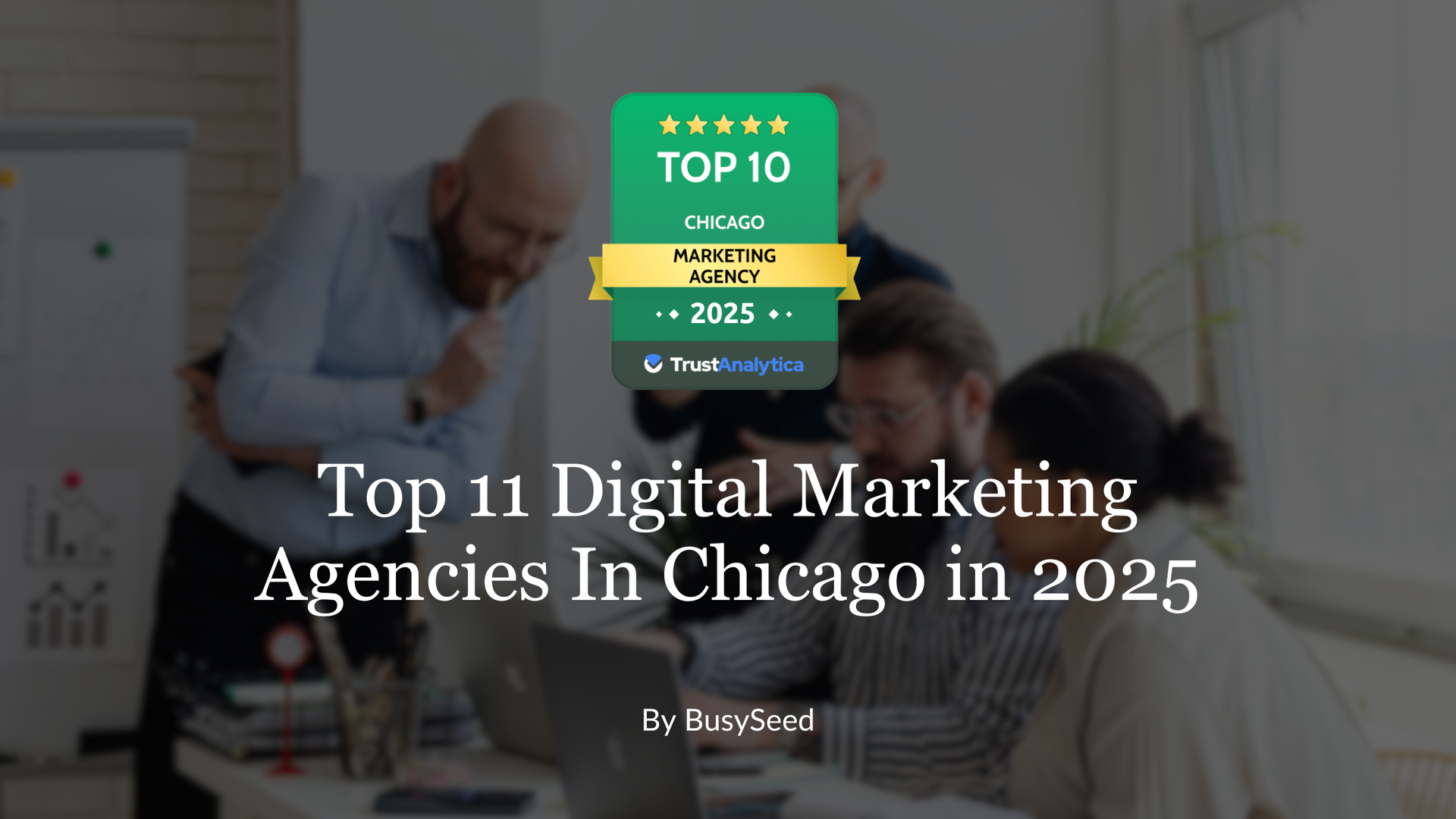
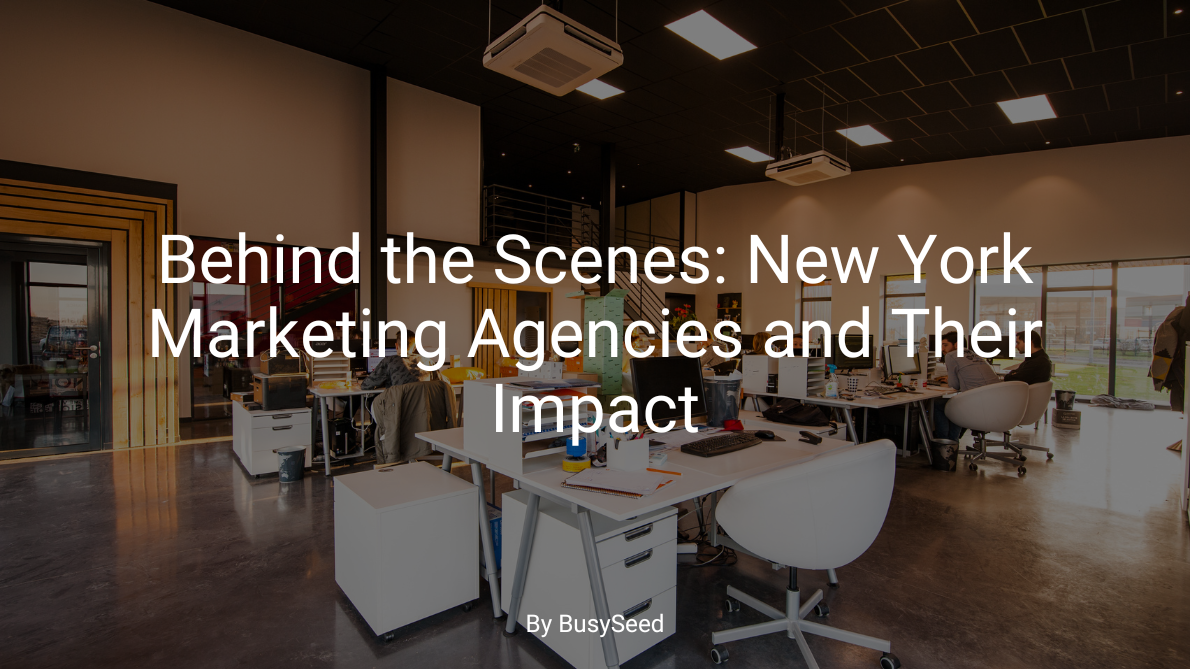

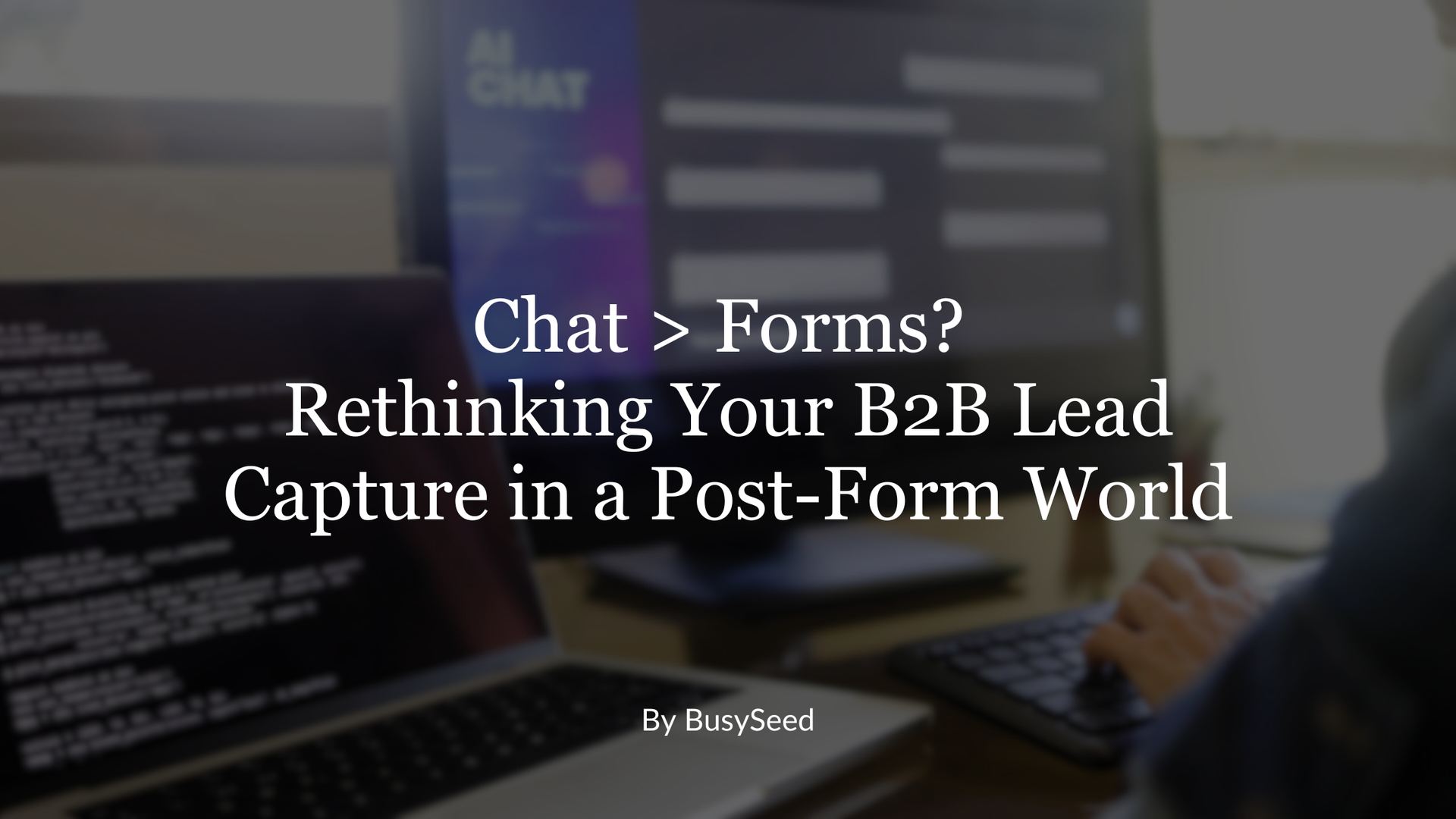 Forms? Rethinking Your B2B Lead Capture in a Post-Form World"." onerror="handleImageLoadError(this)"/>
Forms? Rethinking Your B2B Lead Capture in a Post-Form World"." onerror="handleImageLoadError(this)"/>